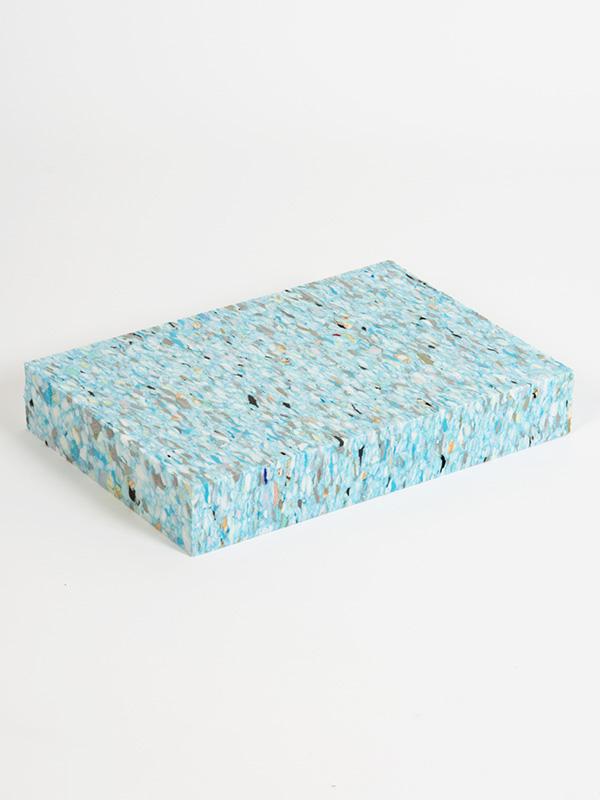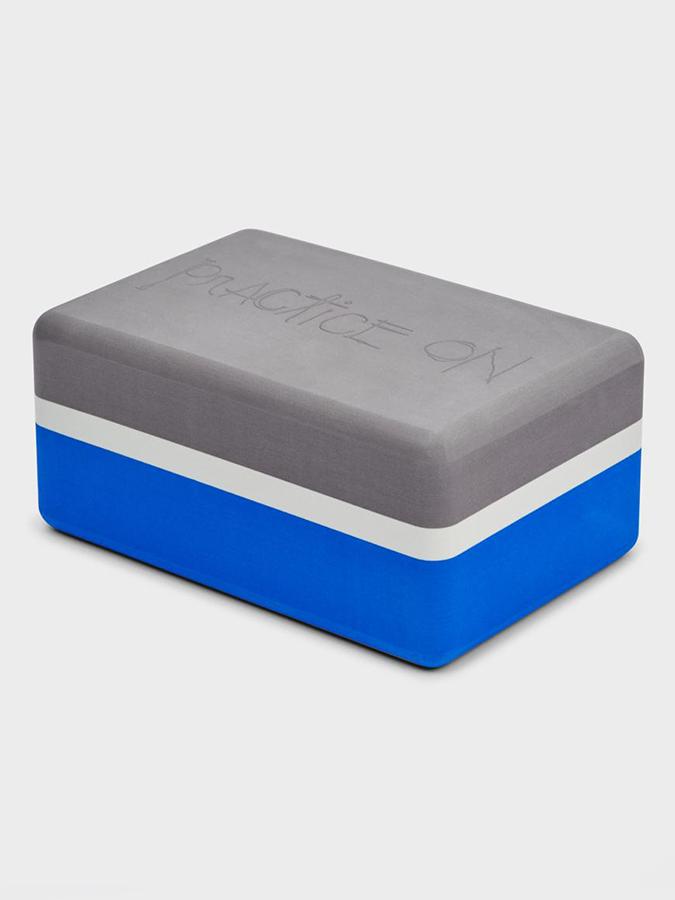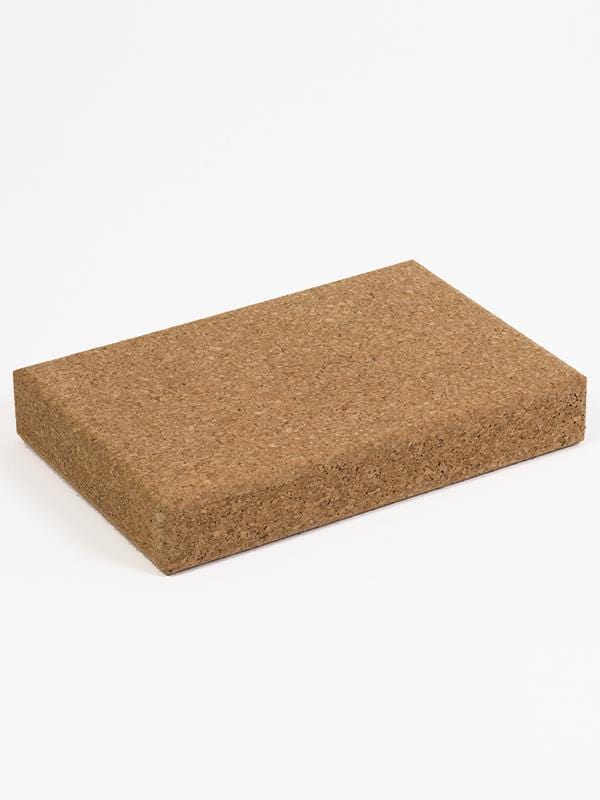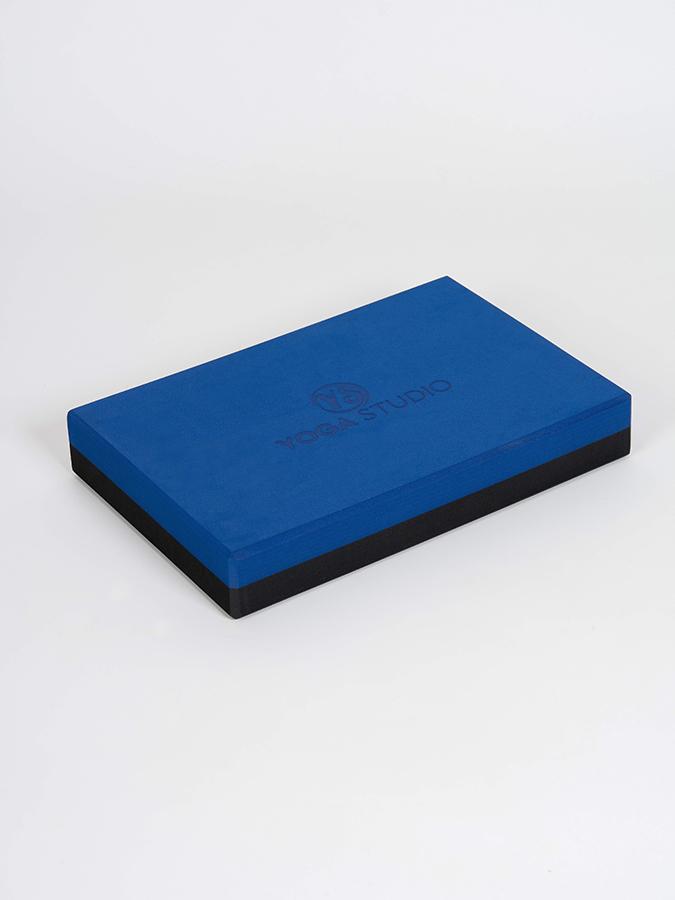The yoga world can end up pretty divided when it comes to yoga blocks. There are some pretty hard core yogis out there who assert that any props are cheating. At the Yoga Studio Store, we completely disagree. What’s more, watch any of your favourite yoga teachers, from Yoga with Adrienne to your teacher at your local studio, and you’ll notice that they have a bunch of blocks always within easy reach (honestly, we can’t get enough of them!).
Using props, like yoga blocks, is all about part of the journey. They are best viewed as a tool to make elements of your yoga practice more accessible. In this way, doing various exercises using yoga blocks is a way for beginners to fulfil a pose that they may not otherwise be ready to do. However, once you’re no longer a beginner, they don’t become redundant. Advanced yogis can use blocks to deepen their postures and challenge strength. At all levels, yoga blocks provide support.
Let’s explain some more and then we’ll dive into a few yoga blocks exercises.
Yoga Blocks Are Tools To Help You
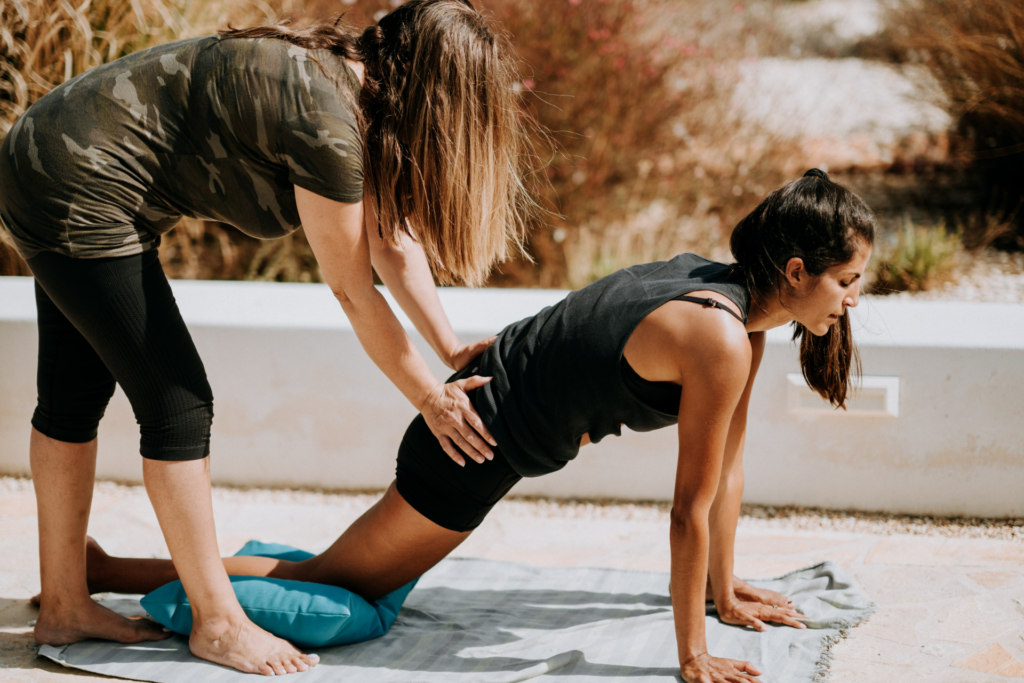
If, like the image above, you find yourself reaching for any old cushion, blanket, or towel to comfortably complete some poses then you are far from alone.
However, the problem with using cushions and other softer items, in this way, is that they do not provide you with equal and uniform support. Yoga is an incredibly safe form of exercise, but when we’ve seen injuries happen you can bet your bottom dollar that somewhere there’s a misplaced ‘homemade’ prop. That’s not to say rolled-up towels don’t have their purpose, but if you need support through dynamic movement, you need a reliable and firm block.
You instinctively reach for a cushion or towel because it feels natural to use something to help you. And that’s exactly what a yoga block is: a tool. If you’re playing tennis, you’d use a racket. If you’re putting up a shelf, you’d use a screwdriver. In yoga, blocks are your tools sitting alongside bolsters and mats.
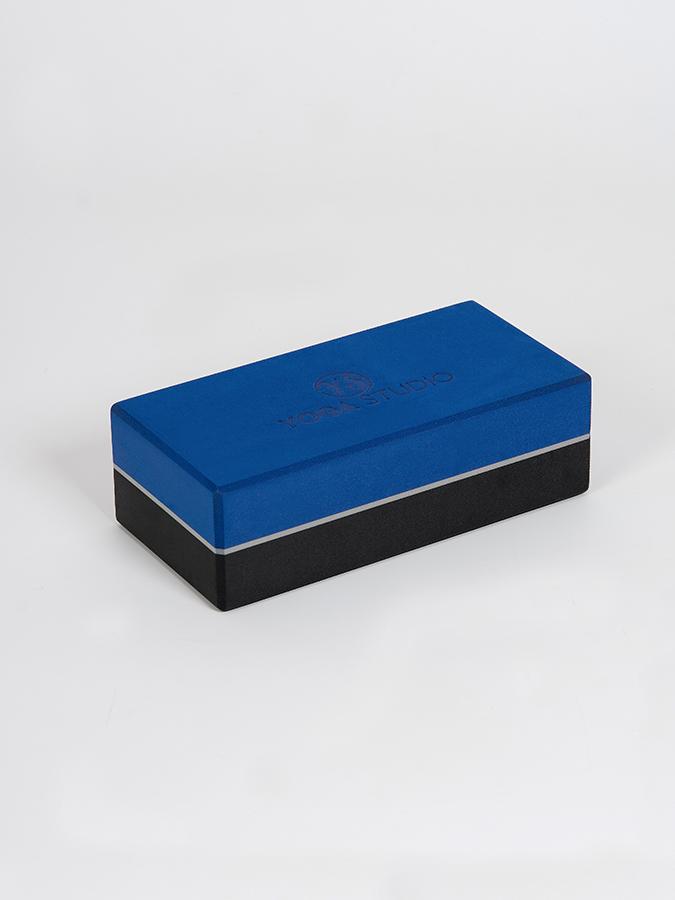
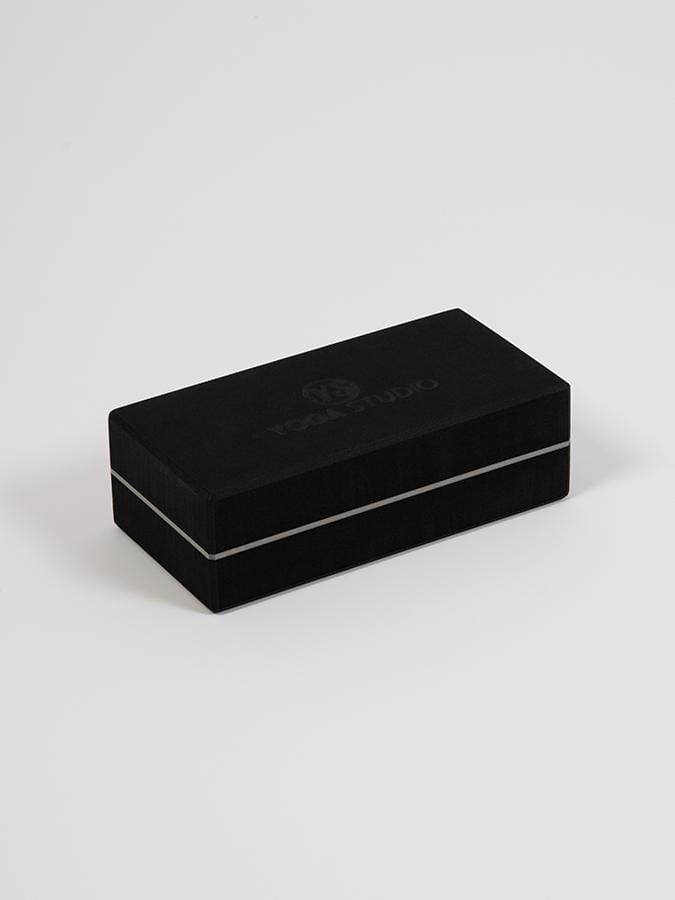

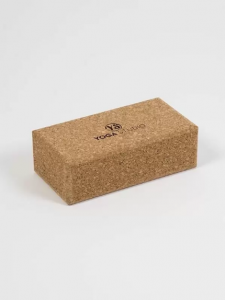
Make Poses Easier To Access And More Skilful
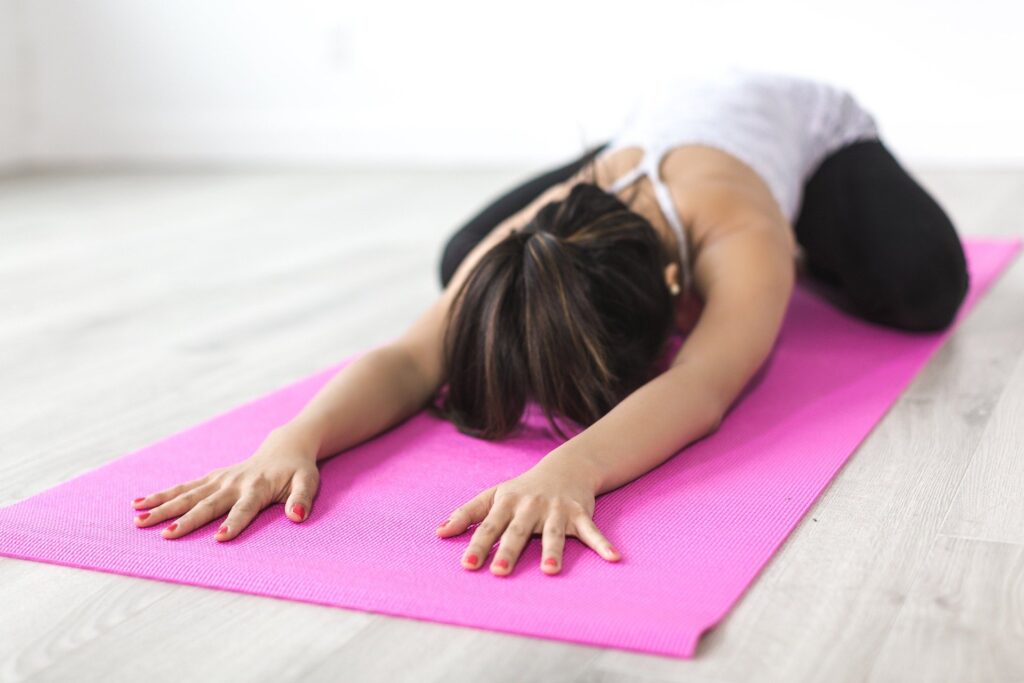
So, when you are heading deep into a pose and your instinct is to reach for a cushion, reach for a block instead and be safer and more balanced. But it’s more than that; yoga blocks enable you to access poses more easily and beneficially.
Imagine for a second that you didn’t reach for the rolled up blanket or cushion, what would happen? You’d likely limit the extent or depth of your pose. Or, if we’re being really honest, you’ll cut a corner and do the pose incorrectly. You don’t want to learn poses incorrectly as your mind will lay down the pathways incorrectly too, and you’re heading into injury territory.
With a block, you can get into position fully literally using the building blocks of skill. They can teach you how to do a move and then help you to extend your ability with that move, safely and without injury.
When used correctly, yoga blocks are incredible as far as we’re concerned. They don’t just make poses easier; they actually train your posture and increase your range of motion going forwards. That’s pretty amazing really! If you’re stuck with a particular pose, consider how a block will change the dynamics slightly, whilst retaining the complete shape of the pose, and you’ll suddenly nail something you thought was impossible.
With Yoga Blocks You Have To Engage
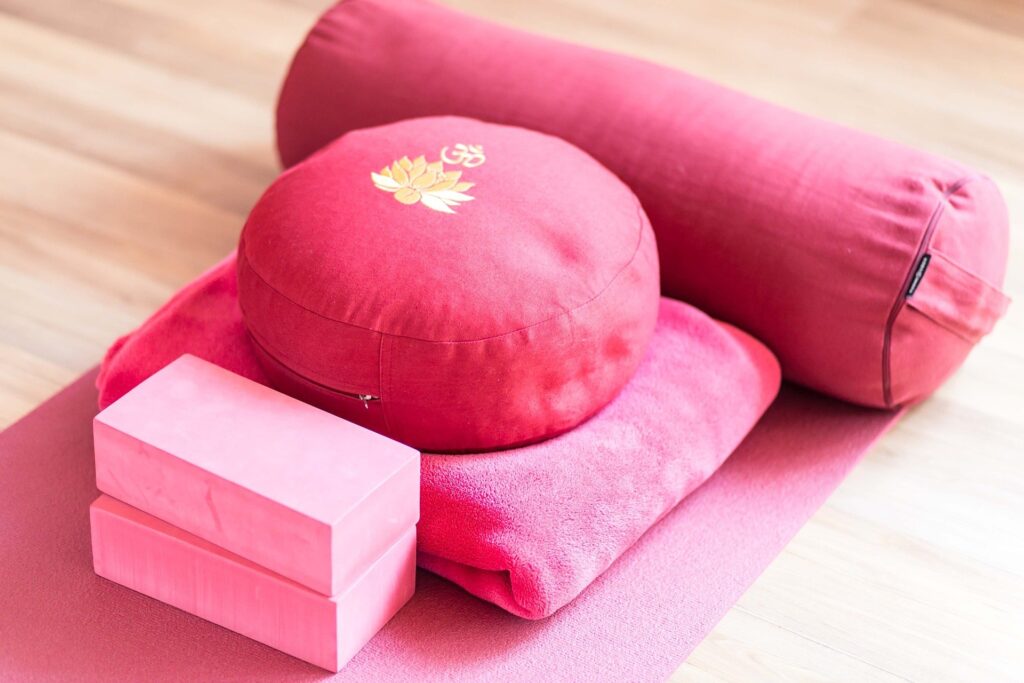
Blocks are also remarkable in another way, compared to softer cushions and blankets. They provide stability, but you actively have to engage whilst using them. For those who argue that they are a short cut, this is where the argument falls down. Anyone who has actually used a yoga block knows that you still have to work at stability within the pose precisely because the block effectively provides a different level of floor, right where you need it.
By pressing against a block you get feedback in a way you simply won’t from a cushion, towel or blanket.
Which brings us onto our belief that yoga blocks aren’t just important for physical support, but for emotional support too. Certain postures invoke fear in the new yogi because they don’t yet trust their body in its entirety. Blocks can effectively be the crutch that’s needed, both physically and emotionally.
Shifting Ground
Yoga blocks can add height and length or reduce them. And that means that you can extend range of motion, or bring it within your comfort zone. If you’re a tall person, they can add that little more length to the mat too. All in all, you can change the angles and concepts so that you have to do more work and use more effort.
3 Common Yoga Block Exercises
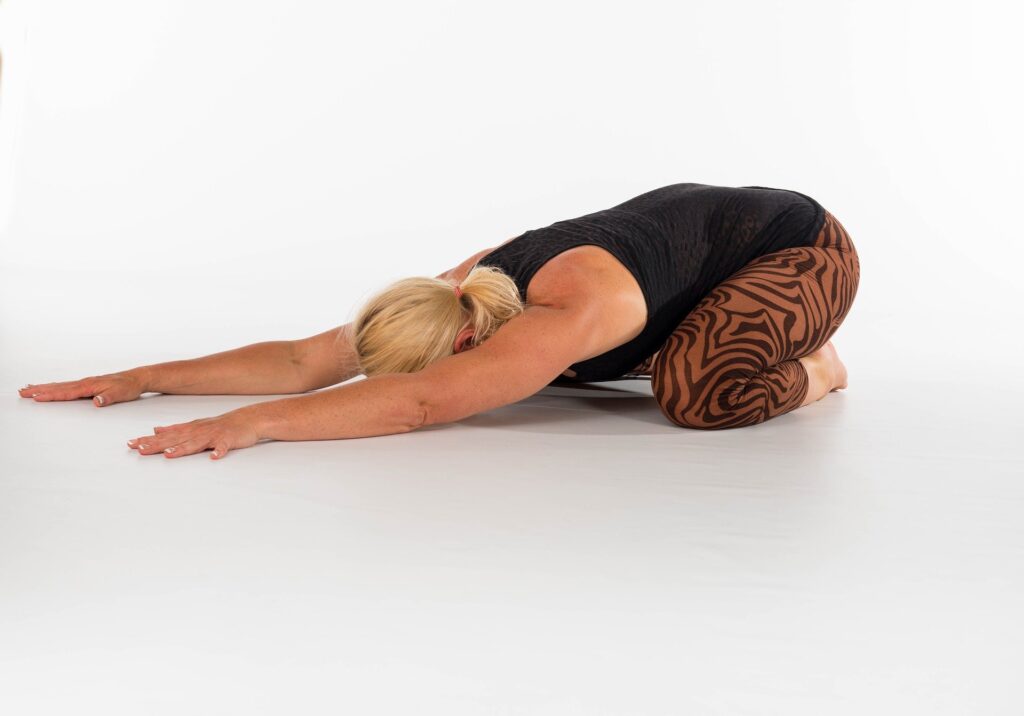
1. Balasana (Child’s Pose)
Both restorative and restful, with balasana, the weight of the head can make this pose tricky for beginners. Use a block under your forehead.
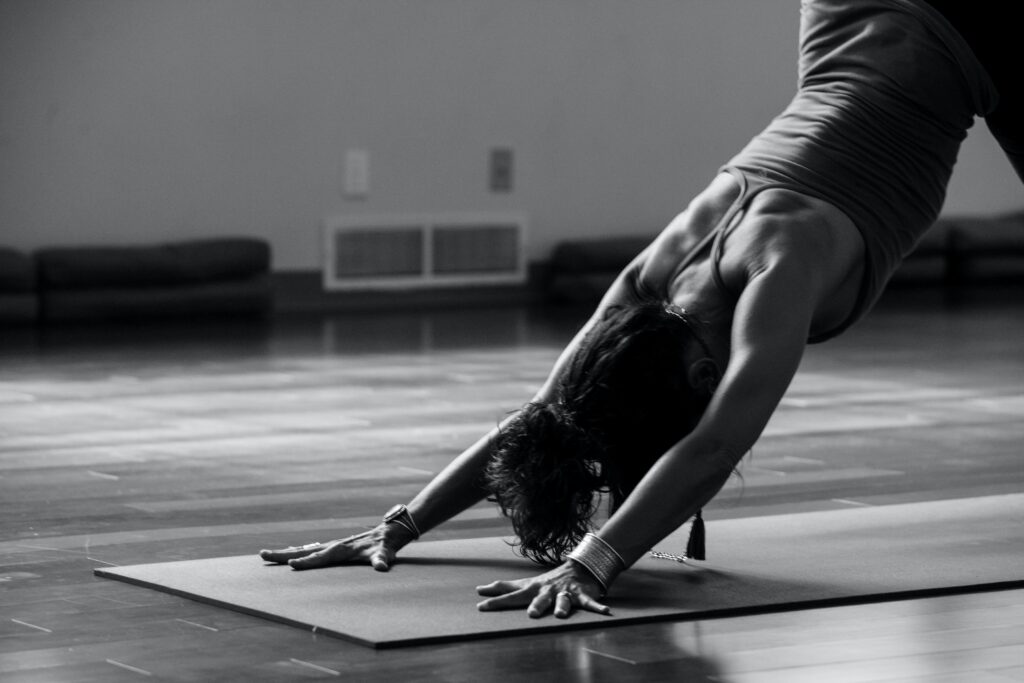
2. Adho Mukha Svanasana (Downward Facing Dog)
Downward Facing Dog takes quite a lot of upper body strength and, in addition, some find it hard hanging the head well below the heart. Use yoga blocks to raise the ground level for the hands.
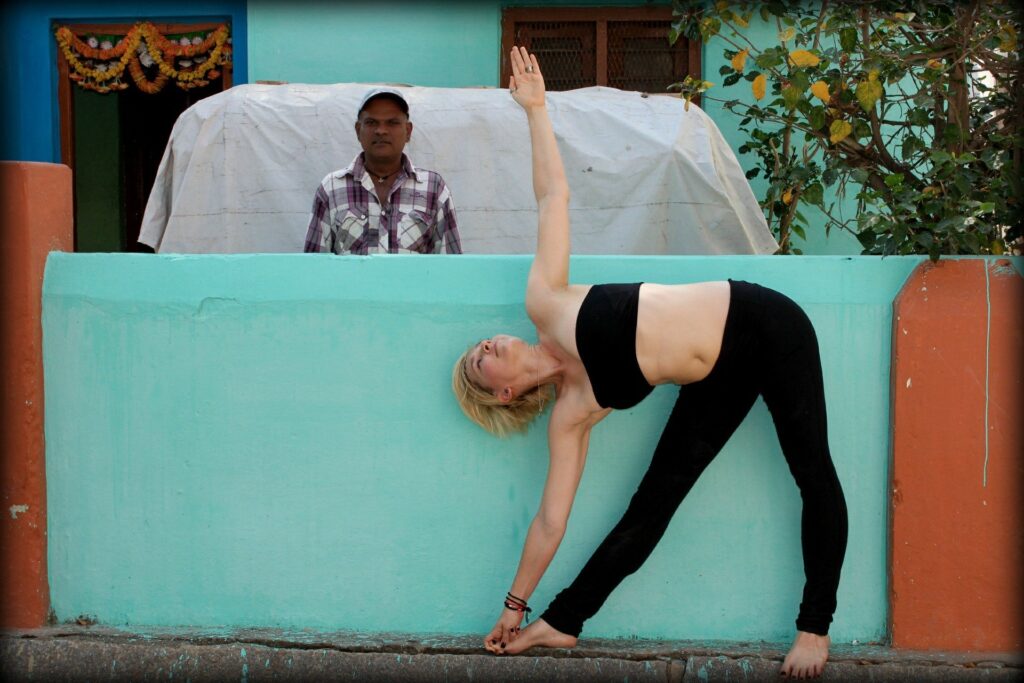
3. Trikonasana (Triangle Pose)
The Triangle is a staple of so much yoga practice but can be dreaded by many who have any niggly back pain. Use a block in your lower hand, choosing the right height for your needs, and still be able to complete the move with confidence.
How To Choose Your Yoga Block
Having been won over to the idea of using yoga blocks in your exercises and practice, the next question is how do you choose the right one for you? The first secret is that there is no single yoga block that will satisfy your every whim, once you’ve started using them!
There’s a reason why yoga teachers seem to collect yoga blocks like others collect stamps: you can’t have enough!
Generally speaking, aim for a foam block. This should offer adequate support and stability with a small amount of give for comfort. You may also wish to have a cork block if you are consistently using the block for weight-bearing.
Additionally, aim to buy yoga blocks in pairs. Often you need two to make things easier and simpler. As with all yoga practice, it’s about balance and if you just rely on one block then you’re heading down the road to imbalance and odd angles.
At the Yoga Studio Store we only sell yoga blocks that we would use in our own practice and in our own teaching studio. They are premium blocks that are excellent for beginners and advanced practitioners alike. Shop yoga blocks now.
Want to learn more? Watch the video below:



